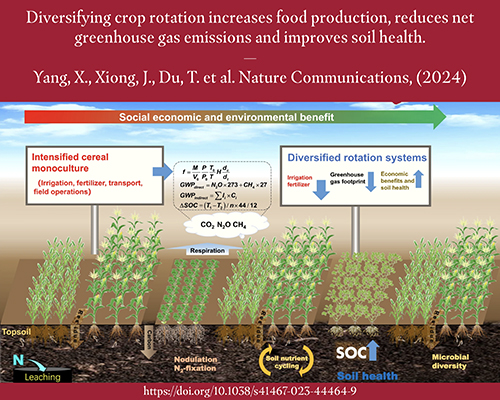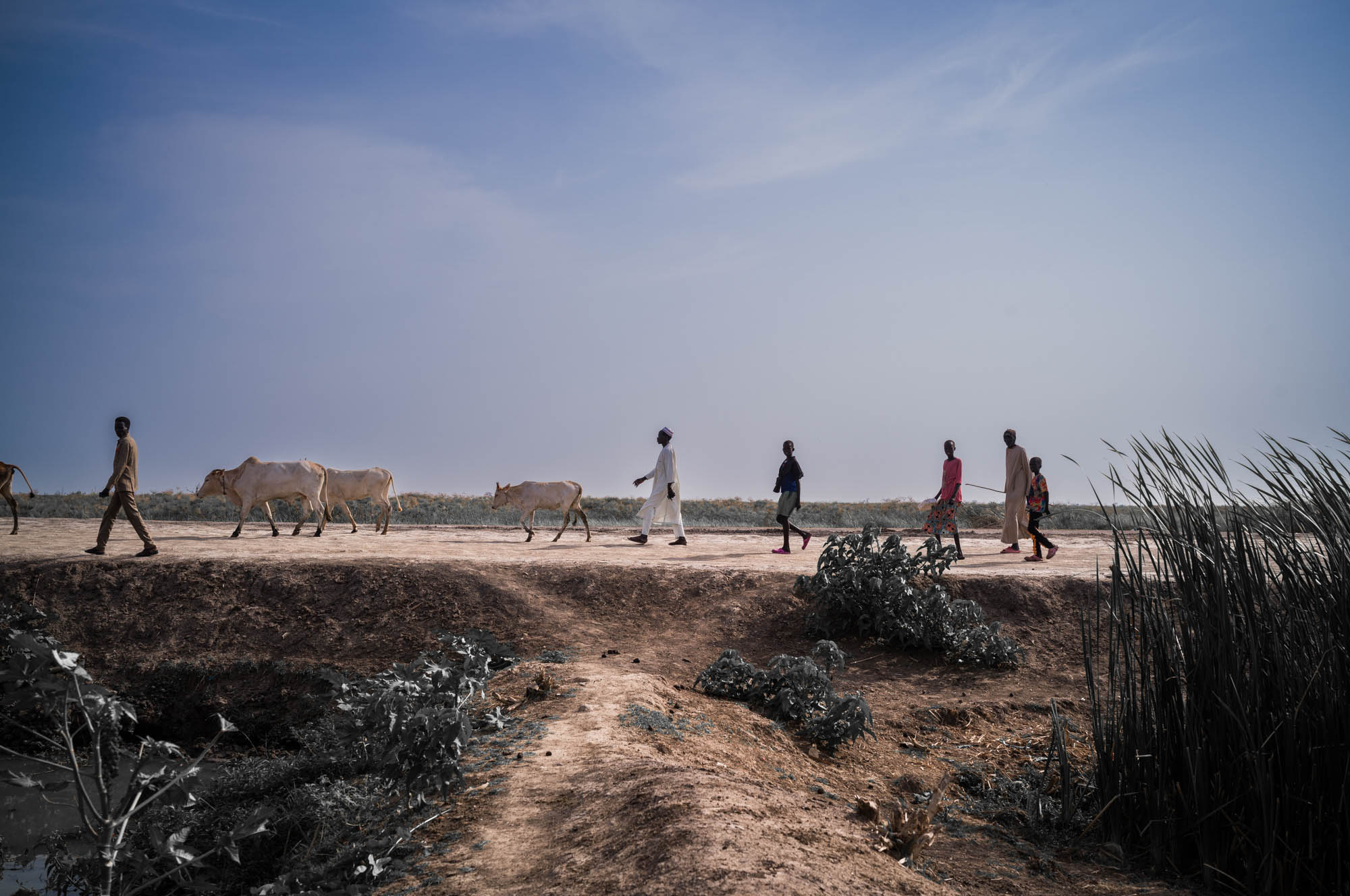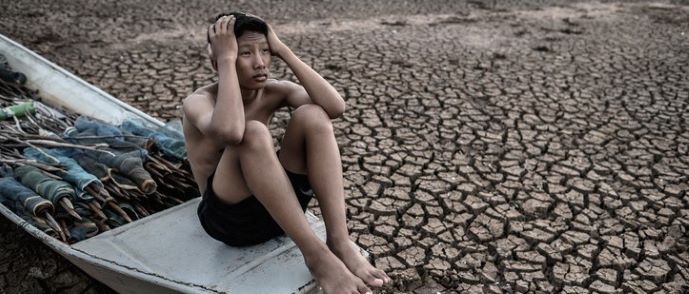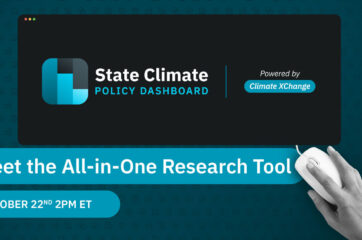Report on Climate Change Adaptation in African Vegetable Farming Systems and Alignment with Sustainable Development Goals
1.0 Introduction: The Role of Vegetable Farming in Sustainable Development
Vegetable production is central to achieving multiple Sustainable Development Goals (SDGs), including SDG 2 (Zero Hunger) and SDG 3 (Good Health and Well-being), by providing essential nutrition for a growing global population. Furthermore, it supports SDG 8 (Decent Work and Economic Growth) by offering livelihood opportunities for smallholder farmers. However, the sector is highly vulnerable to climate change, making adaptation critical for achieving SDG 13 (Climate Action). A systematic review of 60 studies was conducted to map climate adaptation responses in African vegetable farming systems, analyze their effectiveness, and identify gaps in relation to achieving the SDGs. The review highlights a significant disparity in research, with a primary focus on staple crops over vegetables, despite the latter’s importance for resilient and sustainable food systems.
2.0 Analysis of Current Adaptation Research and Practice
2.1 Geographical and Contextual Focus
The distribution of research on climate adaptation in vegetable farming is geographically imbalanced, creating significant knowledge gaps and hindering equitable progress towards the SDGs.
- Regional Disparities: The majority of studies are concentrated in West and East Africa (36% each), with limited research in Southern (18%), Northern (5%), and Central Africa (3%). This imbalance points to inequalities in research funding and capacity, undermining SDG 10 (Reduced Inequalities) and the collaborative spirit of SDG 17 (Partnerships for the Goals).
- Rural vs. Urban Systems: An overwhelming 83% of studies focused on rural farming systems. Urban and peri-urban agriculture, which is vital for employment and food security in rapidly growing cities, remains critically underexplored. This gap represents a missed opportunity to advance SDG 11 (Sustainable Cities and Communities) by building resilient urban food systems.
2.2 Climate Hazards and Crop Focus
Adaptation efforts are primarily reactive, targeting the most immediate climate threats and a narrow range of crops, which may limit long-term resilience.
- Prevalent Hazards: Water-related hazards, including drought, water scarcity, and erratic precipitation, are the most frequently addressed risks. These directly threaten progress on SDG 6 (Clean Water and Sanitation) and food production under SDG 2.
- Crop Diversity: Adaptation actions focused on approximately 40 vegetable species, with a heavy concentration on globally common crops like tomato, pepper, and cabbage. There is less focus on traditional and indigenous African vegetables, which could enhance biodiversity and contribute to SDG 15 (Life on Land) while also improving nutritional outcomes under SDG 2.
3.0 Typology of Adaptation Responses and Actor Involvement
3.1 Dominance of Technological Solutions
The nature of adaptation responses reveals a preference for technical fixes over systemic changes, which may not be sufficient for transformative resilience.
- Technological and Infrastructural (85% of studies): These were the most common responses, including irrigation, water harvesting, and water-saving technologies. While these actions support SDG 9 (Industry, Innovation and Infrastructure), their dominance suggests a neglect of other crucial adaptation types.
- Behavioural and Cultural (57% of studies): Included practices like altering planting dates and diversifying livelihoods, contributing to household-level resilience under SDG 1 (No Poverty).
- Ecosystem-based (55% of studies): Strategies such as agroforestry and the use of organic fertilizers support SDG 15 (Life on Land) but are less frequently reported than technological options.
- Institutional (32% of studies): This was the least reported category, covering policies, climate advisory services, and capacity building. The lack of institutional focus is a major barrier to scaling up adaptation and achieving SDG 16 (Peace, Justice and Strong Institutions).
3.2 Key Actors in Adaptation
Adaptation is predominantly driven by local actors, with insufficient engagement from institutions that are critical for enabling and scaling effective action.
- Individuals and Households: These actors were reported in 98% of studies, demonstrating significant grassroots efforts but also highlighting a burden placed on the most vulnerable.
- Government and Civil Society: Government involvement was noted in only 13% of studies, and civil society in 7%. This lack of institutional support undermines the creation of an enabling environment for adaptation, a key component of SDG 16.
- Private Sector: There was a near-total absence of private sector involvement documented. This represents a significant missed opportunity to leverage private finance, innovation, and resources, which is crucial for SDG 17 (Partnerships for the Goals).
4.0 Effectiveness of Adaptation and Contribution to SDGs
The assessment of adaptation effectiveness is limited and narrowly focused, failing to capture the full spectrum of sustainable development.
- Limited Evidence: Only one-third of the studies (20 out of 60) assessed the effectiveness of adaptation responses in reducing climate risk.
- Utilitarian Framing: In 95% of these cases, effectiveness was measured through an efficiency or utilitarian lens, focusing on indicators like increased crop yield and income gains. While relevant to SDG 1 (No Poverty) and SDG 8 (Decent Work and Economic Growth), this approach overlooks other critical dimensions.
- Gaps in Assessment: There was significantly less focus on assessing contributions to well-being (SDG 3), resilience, equity (SDG 5: Gender Equality and SDG 10: Reduced Inequalities), and environmental sustainability (SDG 13, SDG 15). This narrow framing risks promoting adaptation pathways that are not socially just or environmentally sustainable.
5.0 Discussion: Gaps in Aligning Adaptation with the 2030 Agenda
The review reveals critical gaps that prevent the full alignment of climate adaptation in African vegetable farming with the 2030 Agenda for Sustainable Development. The geographical and rural biases in research neglect vulnerable regions and the growing importance of urban food systems (SDG 11). The over-reliance on technological solutions at the household level, without corresponding institutional support (SDG 16) or private sector engagement (SDG 17), limits the potential for transformative, large-scale change. Furthermore, the narrow, utilitarian assessment of effectiveness fails to account for the interconnected nature of the SDGs, particularly those related to social equity and environmental health. Addressing these gaps is essential for building food systems that are not only productive but also resilient, inclusive, and sustainable.
6.0 Recommendations for a Sustainable and Resilient Future
To bridge the identified gaps and promote climate-resilient vegetable production systems that contribute effectively to the SDGs, the following actions are recommended:
- Increase Funding for Urban and Peri-Urban Adaptation Research: Prioritize resources for studies on urban vegetable farming to generate evidence that supports SDG 11 (Sustainable Cities and Communities) and enhances urban food security under SDG 2.
- Develop and Implement Climate-Informed Urban Food Policies: Governments must integrate climate adaptation into urban planning, empowering local authorities to build resilient food systems that contribute to SDG 2 and SDG 13 (Climate Action).
- Integrate Compound Risk Perspectives into Adaptation Planning: National policies should account for the cascading impacts of multiple climate hazards to design transformative strategies that address the root causes of vulnerability, in line with the goals of SDG 13.
- Strengthen and Scale Up Institutional Adaptation Mechanisms: Enhancing governance, cross-sectoral coordination, and institutional capacity is essential for creating an enabling environment for adaptation and achieving SDG 16 (Peace, Justice and Strong Institutions).
- Secure Sustainable Financing and Foster Multi-Stakeholder Partnerships: Establish dedicated adaptation funds and create financial incentives to attract private sector investment, building the political momentum needed to achieve SDG 17 (Partnerships for the Goals).
1. SDGs Addressed or Connected to the Issues Highlighted in the Article
SDG 2: Zero Hunger
- The article’s central theme is the role of vegetable farming in achieving “sustainable food systems and healthy diets” and ensuring “food and nutrition security” in Africa. It discusses the challenges climate change poses to vegetable productivity, which directly impacts food availability and access. The text highlights that “vegetables are central to sustainable food systems” and that many African countries struggle to meet recommended daily consumption levels, a situation projected to worsen due to climate change.
SDG 13: Climate Action
- This is a primary focus of the article. It conducts a “systematic review of 60 studies to map adaptation responses in vegetable farming systems across Africa and explore how these responses address climate risks.” The entire analysis revolves around understanding and improving climate adaptation strategies, such as technological, behavioural, and institutional responses to hazards like drought, flooding, and extreme temperatures, which is the core of SDG 13.
SDG 1: No Poverty
- The article connects vegetable farming to economic well-being, stating that it offers a “business opportunity for the smallholder farmers” and that adaptation measures are assessed for their effectiveness in reducing risks to “living standards-like income loss, poverty, livelihood instability.” This directly links agricultural resilience to poverty reduction and economic stability for vulnerable populations.
SDG 6: Clean Water and Sanitation
- The review finds that most adaptation efforts “primarily address water-related hazards, including drought, flooding, and erratic precipitation.” It details numerous water-focused adaptation responses, such as “water infrastructure development and management,” “irrigation infrastructure (e.g., dams and wells),” “water-saving technologies,” “groundwater desalination and wastewater reuse,” directly connecting to sustainable water management.
SDG 11: Sustainable Cities and Communities
- The article identifies a significant research gap concerning “urban agriculture, despite its importance for employment, income and food and nutrition security.” It argues for integrating adaptation research into urban governance and developing “urban food policies that mainstream climate adaptation” to build resilient urban food systems, which is a key component of creating sustainable and resilient cities.
SDG 5: Gender Equality
- While not a primary focus, the article mentions that the effectiveness of adaptation is sometimes measured through an “equity and justice framing,” with indicators such as “improved women’s autonomy, and reduced women’s workload.” This shows a connection between climate adaptation strategies in agriculture and their impact on gender equality.
2. Specific Targets Under Identified SDGs
SDG 2: Zero Hunger
- Target 2.4: “By 2030, ensure sustainable food production systems and implement resilient agricultural practices that increase productivity and production, that help maintain ecosystems, that strengthen capacity for adaptation to climate change, extreme weather, drought, flooding and other disasters and that progressively improve land and soil quality.”
- The article directly addresses this target by systematically reviewing adaptation responses (e.g., crop diversity, soil nutrient management, agroforestry) designed to make vegetable farming systems more resilient to climate hazards like drought and flooding, thereby ensuring sustainable production.
- Target 2.3: “By 2030, double the agricultural productivity and incomes of small-scale food producers…”
- The article supports this target by highlighting how vegetables “offer a business opportunity for the smallholder farmers” and by evaluating adaptation effectiveness through indicators like “increased crop yield, reduced crop losses, income gains, [and] lower production costs.”
SDG 13: Climate Action
- Target 13.1: “Strengthen resilience and adaptive capacity to climate-related hazards and natural disasters in all countries.”
- This is the central theme of the article. The entire study is a “systematic and comprehensive stocktake of documented climate adaptation responses in African vegetable farming systems” aimed at enhancing resilience to climate hazards such as “drought, water scarcity, rainfall variability, extreme temperatures, and flooding.”
SDG 1: No Poverty
- Target 1.5: “By 2030, build the resilience of the poor and those in vulnerable situations and reduce their exposure and vulnerability to climate-related extreme events and other economic, social and environmental shocks and disasters.”
- The article aligns with this target by focusing on adaptation for “smallholder farmers” and assessing how adaptation responses reduce risks to “living standards-like income loss, poverty, [and] livelihood instability” caused by climate impacts.
SDG 6: Clean Water and Sanitation
- Target 6.4: “By 2030, substantially increase water-use efficiency across all sectors and ensure sustainable withdrawals and supply of freshwater to address water scarcity…”
- The article identifies that the most frequent adaptation responses are related to “water infrastructure development and management.” It mentions specific strategies like the adoption of “water-saving technologies” in Tunisia, “irrigation practices,” and policy measures in Morocco such as “groundwater desalination and wastewater reuse,” all of which contribute to water-use efficiency and sustainable water management.
SDG 11: Sustainable Cities and Communities
- Target 11.b: “…increase the number of cities and human settlements adopting and implementing integrated policies and plans towards… adaptation to climate change, resilience to disasters…”
- The article explicitly calls for the development and implementation of “urban food policies that mainstream climate adaptation at all levels of governance.” It criticizes the lack of research and policy focus on urban and peri-urban agriculture, which is crucial for building resilient cities in Africa.
3. Indicators Mentioned or Implied in the Article
Indicators for SDG 2 (Zero Hunger) & SDG 1 (No Poverty)
- Productivity and Income Indicators: The article mentions several indicators used to assess the effectiveness of adaptation, framed under “efficiency/utilitarian” criteria. These include:
- Increased crop yield
- Reduced crop losses
- Income gains
- Lower production costs
- Net farm revenue
- Food Security Indicators: The article implies progress is measured by:
- Meeting the recommended daily consumption of 400 grams of vegetables.
- Ensuring food and nutrition security.
- Distribution of vegetable seeds to households.
Indicators for SDG 13 (Climate Action) & SDG 1 (No Poverty)
- Resilience Indicators: The article identifies indicators used in studies with an “enhanced resilience framing”:
- Reduced poverty
- Improved asset base
- Income diversification
- Year-round water availability
- Capacity Building Indicators: Under a “governance or agency-based framing,” the article points to:
- Capacity building and training programs
- Farmer uptake and replication of adaptation strategies
- Access to climate information and weather-based advisory services
Indicators for SDG 6 (Clean Water and Sanitation)
- Water Management Indicators: Progress towards sustainable water use is implied through the implementation and effectiveness of:
- Irrigation practices and infrastructure (dams, wells)
- Water harvesting techniques
- Adoption of water-saving technologies (e.g., drip irrigation)
- Policies for groundwater desalination and wastewater reuse
- Reduced groundwater discharge and irrigation needs
Indicators for SDG 5 (Gender Equality)
- Equity and Justice Indicators: The article notes that some studies assess effectiveness using an “equity and justice framing,” which includes:
- Improved women’s autonomy
- Reduced women’s workload
4. Table of SDGs, Targets, and Indicators
| SDGs | Targets | Indicators Identified in the Article |
|---|---|---|
| SDG 1: No Poverty | 1.5: Build the resilience of the poor and reduce their vulnerability to climate-related extreme events. |
|
| SDG 2: Zero Hunger | 2.3: Double the agricultural productivity and incomes of small-scale food producers.
2.4: Ensure sustainable food production systems and implement resilient agricultural practices. |
|
| SDG 5: Gender Equality | 5.5: Ensure women’s full and effective participation and equal opportunities for leadership. |
|
| SDG 6: Clean Water and Sanitation | 6.4: Substantially increase water-use efficiency and ensure sustainable withdrawals to address water scarcity. |
|
| SDG 11: Sustainable Cities and Communities | 11.b: Increase the number of cities implementing integrated policies for climate change adaptation and resilience. |
|
| SDG 13: Climate Action | 13.1: Strengthen resilience and adaptive capacity to climate-related hazards. |
|
Source: nature.com







